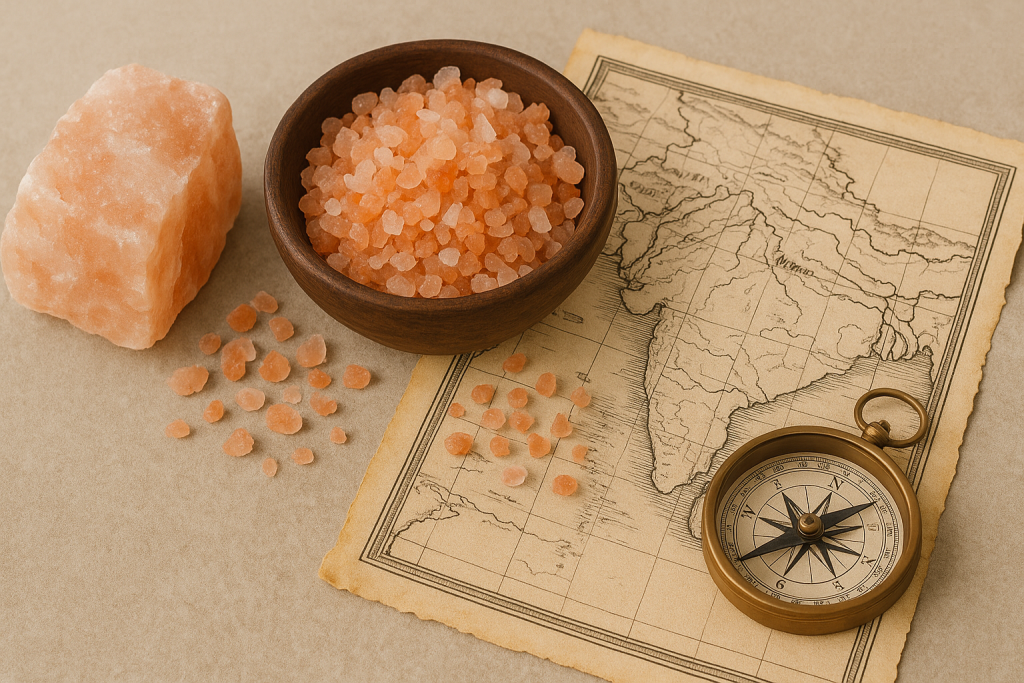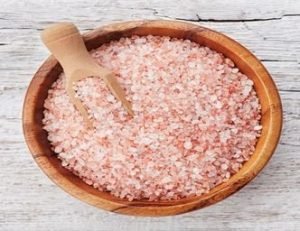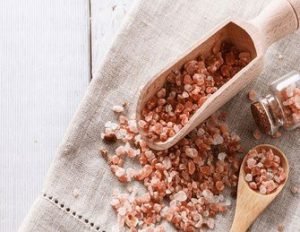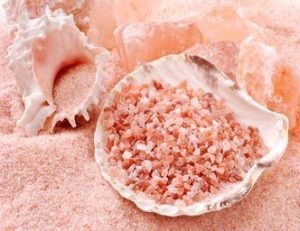The story of a Himalayan block of salt doesn’t end there: it actually began millions of years ago, literally on the other side of the world. Pink Himalayan salt has been making its way into kitchens worldwide for a few years now. Here we, as the leading Himalayan salt supplier from Pakistan, explain in broad terms where does pink Himalayan salt come from.
Origin and How it discovered
Himalayan pink salt comes from the Khewra Salt mine in the mountainous north of Punjab, Pakistan. It is the second-largest salt mine in the world and the oldest known.
The Khewra salt deposits were discovered in 320 BC as Alexander the Great led his troops through the Himalayas; further, horses found the salt deposits when they started licking the rocks they encountered.
In the Himalayan mountains, dried seabed crystals were buried by volcanic lava 200 million years ago, way before Alexander the Great discovered them. Thousands of years later when the mine was first excavated, miners discovered the purest mineral-rich salt.
Mining
In the 13th century began mining salt; however, it was not until 1872 that large-scale operations began thanks to British engineers who built a tunnel, introduced mining equipment, and secured access to water.
With the innovation in mining, now production has risen to 385,000 tons annually compared to British time which was 187,000 tons. The mine can produce salt for at least 350 years according to some estimations and statistics.
Culture
Among the most popular tourist destinations in the area, Khewra Salt Mine occupies a special place in local culture; also receives thousands of visitors every year.
If you want to learn firsthand where does pink Himalayan salt comes from, a trip to Khewra promises an adventure. On the underground railway, visitors can experience a variety of attractions including, a salt bridge, Sheesh Mahal, Shahi Masjid, and a copy of Minar e Pakistan.
When you plan your next Himalayan salt recipe, remember the incredible journey the salt block has been through.









